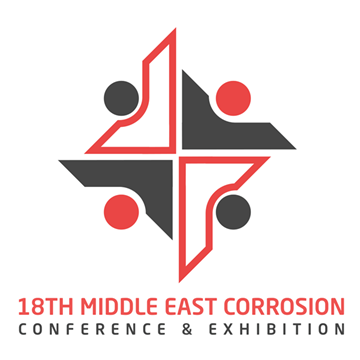Search
Online Conference Paper
View as
Sort by
Display
per page
Validation of an Optimized qPCR Workflow for MIC Risk Identification and Oilfield Microbial Monitoring
Product Number:
MECC23-20130-SG
Publication Date:
2023
$20.00
Validation Of The Dry Gas Internal Corrosion Direct Assessment Methodology Using In-Line Inspection.
Product Number:
51321-16839-SG
Publication Date:
2021
$20.00
Valves In Hydrogen Gas Transport: The Challenges Of The Energy Transition
Product Number:
51323-19525-SG
Publication Date:
2023
$20.00
Variables That Can Affect Pull Off Adhesion of Coatings
Product Number:
51323-19147-SG
Publication Date:
2023
$20.00
Very High Strength Low Alloy Steels For HPHT Applications
Product Number:
51322-17721-SG
Publication Date:
2022
$20.00
Vessels Replacement Program to Enhance Safety and Reliability
Product Number:
MPWT19-15496
Publication Date:
2019
$0.00
Vintage Pipeline Enhanced Corrosion Management Analysis
Product Number:
51324-21127-SG
Publication Date:
2024
$40.00
Visualizing Correlations of Water Quality and Cathodic Protection Parameters
Product Number:
51323-19333-SG
Publication Date:
2023
$20.00
Water Main Breaks - High Time To Learn From Mistakes And Avoid Further Breaks
Product Number:
51321-16837-SG
Publication Date:
2021
$20.00
Water Treatment Dosage Control and Relationship to Performance
Product Number:
51395-95260-SG
Publication Date:
1995
$20.00
Waterborne Direct-to-Metal Coating Application Development for Bridge Applications
Product Number:
51323-19032-SG
Publication Date:
2023
$20.00












